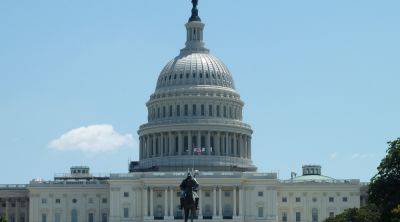How opponents of LTNs are adopting the climate-sceptic playbook
In recent months, it seems barely a day goes by without a slew of hostile newspaper coverage – or prominentlyplaced diatribes – about low-traffic neighbourhoods.
Indeed, 19 weeks into 2023, the UK’s main newspapers have published 177 articles on LTNs. Most of them were unfavourable and were published in the Mail (75), the Telegraph (32) or the Times (22).
These attacks are a relatively new phenomenon, emerging after a wave of LTNs was installed across the UK in 2020 during the early stages of the Covid-19 pandemic. Yet for anyone who has spent time observing the climate-sceptic playbook, the tactics on display seem eerily familiar.
Moreover, many of the arguments deployed against LTNs suffer from the same fatal flaw: in the same way that climate sceptics often reject the idea that rapid global heating is a problem that needs addressing, many anti-LTN attacks ignore the damages caused by rising road traffic.
Road traffic consisting of cars, vans and trucks is at the heart of two of the UK’s biggest environmental problems: air pollution and the climate crisis.
Road traffic causes more carbon dioxide emissions than any other part of the UK economy. And yet transport has made much less progress on cutting its emissions than other sectors.
One reason for this is that road traffic has risen significantly over recent decades. This traffic is also a significant contributor to the dirty air that continues to plague the UK’s largest cities.
LTNs, low-emissions zones and the shift to electric vehicles are all, at least in part, attempts to address the real and substantial harms caused by road traffic.
Just as importantly, there is good evidence that these interventions are effective.
The Guardian’s Pollutionwatch column recently explained
Read more on theguardian.com










